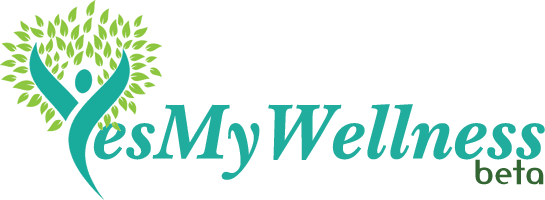Learning The Additives Alphabet Soup In Processed Food
Learning The Additives Alphabet Soup In Processed Food
Share
Go grab your favourite snacks, cookies, james, sauces, juices, soda, biscuits, jellybeans, chips or anything you can find in your fridge or cupboard, then take a look at the label. High chances you will see those seemingly ‘mysterious’ ingredients, most often starting with the letter ‘E’. Well, one thing for sure, ‘E’ here certainly does not stand for ‘Excellence’ 😉 .
What are those E’s, (also F’s, D’s and C’s) Anyway?
Though many substances (yes, undoubtedly, mostly those with them E’s and others) added to food may seem foreign when listed on the ingredient label, they are actually widespread and integral part of the processed food chain.
More specifically, they are actually from the additive family , that is, chemicals that function as colouring, preservatives, flavour enhancer, artificial sweeteners and antioxidants.
Some example of the codes and their classification as follow :
- E100 to E180 are code group for food colouring
- E170 to E927 are code group for miscellaneous additives
- E200 to E290 are code group for food preservatives
- E300 to E321 are code group for antioxidants
- E322 to E494 are code group for emulsifiers and stabiliser
- E420 to E421 are code group for sweeteners
- E422 is the code for solvents
- E905 to E907 are code group for mineral hydrocarbons
- E1400 to E1442 are code group for modified starches
Also one might also come across ‘FD&C’ or otherwise known as ‘Food, Dye and Colouring’. FD&C are colouring dyes used in food. Some of the common and fancy (weird?) FD&C you can find :
- FD&C Blue No.1 is Brilliant Blue (E133)
- FD&C Red No.3 is Erythrosine (E127)
- FD&C Red No.40 is Allura Red (E129)
- FD&C Yellow No.5 is Tartrazine (E102)
- FD&C Yellow No.6 is Sunset Yellow (E110)
FD&C (Food, Dye and Colouring) are added to food, to make them, erm, look more colourful and pleasant especially after all that processing and storage.
And let’s also have some B’s! Occasionally, one can also spot BHA and BHT :
- BHT is Butylated Hydroxytoluene (E321)
- BHA is Butylated Hydroxyanisole (E230)
Butylated Hydroxytoluene and Butylated Hydroxyanisole might sound like some blowtorch gas, but far from it, they are actually used as antioxidants to prevent fat-soluble vitamins and artifical colouring/flavouring from degrading and found mostly in processed food that contains fat or oil.
So there you have it, the ‘E‘ Exposed (we couldn’t help it 😉 . And if you think these ‘codes’ and names sounds scary, they actually are, if consumed a lot and frequently. Not good, not good.
You Might also Like



















